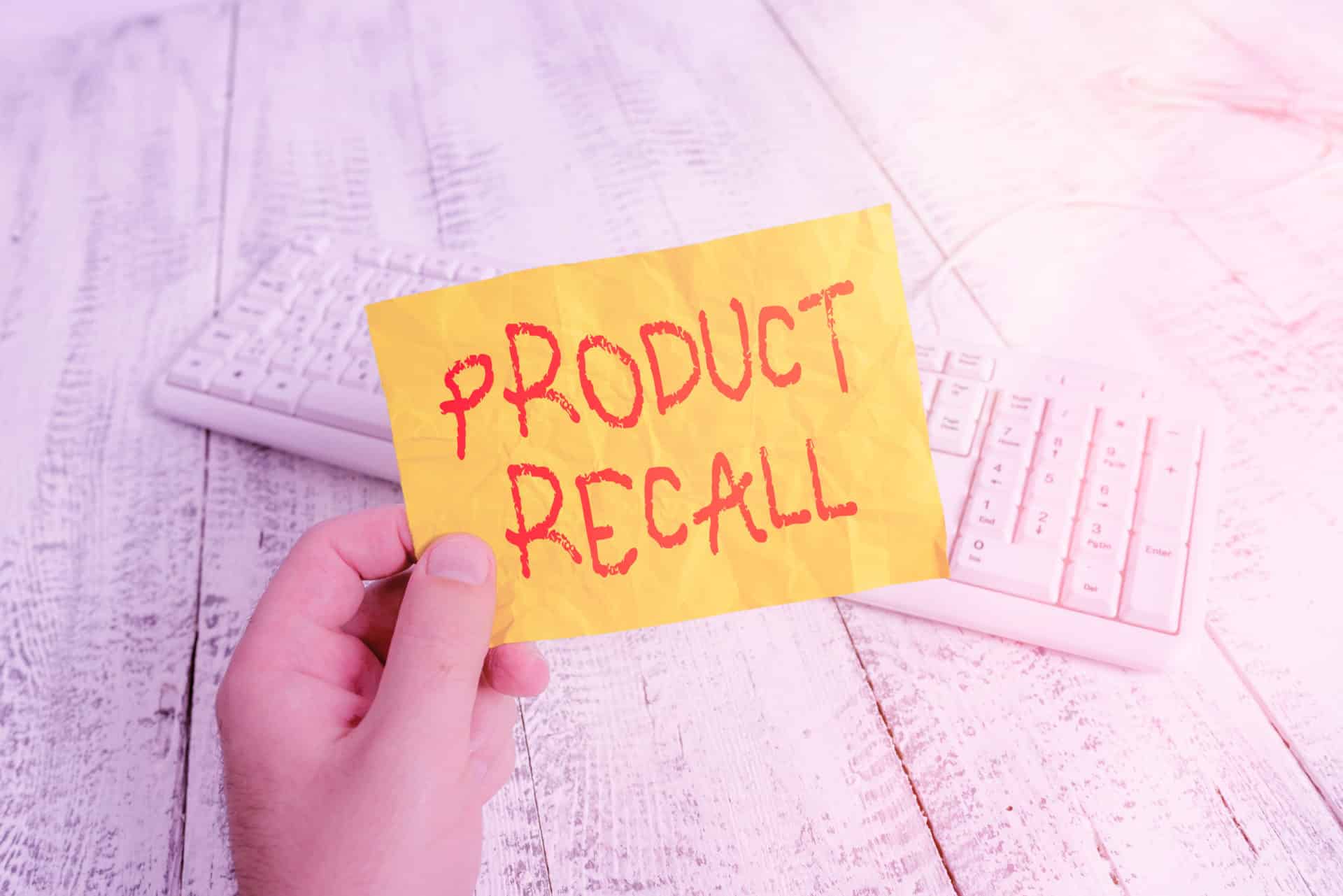Free Consultation
Free Consultation

When a product is purchased for you or someone you love, you expect it to be safe to use. Unfortunately, that’s not always the case – as many parents are finding out due to a popular new toy trend.
One of the latest popular toys on the market may also be unsafe for children. Powerful magnetic cubes and balls have been recalled by the U.S. Consumer Product Safety Commission, because they present a danger of hazard and death if ingested by children.
When these small magnets are swallowed, they can get lodged in the digestive tract, leading to twisting, blockage, perforation, blood poisoning, infection, and even death. The CPSC had to sue the manufacturers of these magnetic balls to have them recalled.
If you or your child were to get a hold of a product like this and become injured, what can you do? Luckily, the law holds designers, retailers, manufacturers, and designers accountable, since it’s clear they have a duty to ensure their products are safe.
Here’s what you need to know about product liability in New York and the actions available to you if you become injured by a product.
The law in New York clearly states that anyone involved in the process of selling a product is responsible for injures caused by that product. That includes:
Under New York law, the protection of the consumer is of the utmost importance. That’s why anyone who has a part in selling the product can be held liable – because they had a duty to protect the consumer.
First and foremost, responsibility must be determined for any injury you sustained from a defective product. An attorney that specializes in product liability can use a process called discovery for all parties involved to help determine who ultimately is responsible.
Next, the type of negligence that led to the product defect must be determined. Was there a defect in the manufacture? The design? Was there a failure to warn anyone who purchased the product of potential harm?
There are several different types of product liability that can be pursued. Once the attorney determines who is at fault, then they can determine the type of product liability to pursue damages. The types of product liability are:
If a product is designed in such a way that it can potentially cause injury, because the product itself is dangerous, then it’s a design defect. Companies that design products are expected to make their product as reasonably safe as they can. If there is a potential for danger, it must clearly be marked by a warning on the product.
If an otherwise safely designed product is made dangerous due to an error during the manufacturing process, that’s another type of product liability. Quality control during the manufacturing process is meant to catch these issues, but it doesn’t always happen. It can lead to dangerous products for the consumer.
Not every product can be made safe, but it’s vital that any product with the potential to harm someone has a warning placed on the product itself. This needs to let the consumer know the dangers. If there is no warning, that can open up issues for liability.
If a seller of a product advertises that it’s able to safely do something when it really isn’t, that can count as misrepresentation in marketing. A seller has to disclose all information about a product they sell. Failing to do so or making claims that the product can’t fulfill are types of product liability.
If you are injured by a product, then you generally are entitled to compensation for that injury. The types of damages that can be pursued in product liability cases include:
This includes items such as medical expenses, lost wages, expenses related to rehabilitation, and loss of earning potential that resulted from your injuries. Economic damages are the actual financial expenses a person incurs when they are injured by a defective product.
This category includes loss of consortium, wrongful death, pain and suffering, and mental anguish. These damages are suffered by the person who was injured, and they are not related to money.
These are damages that are not meant to reward the person injured. Instead, they’re intended to punish those responsible for the dangerous product. They serve as a deterrent from repeat offenses and as a warning for anyone else who might follow their lead.